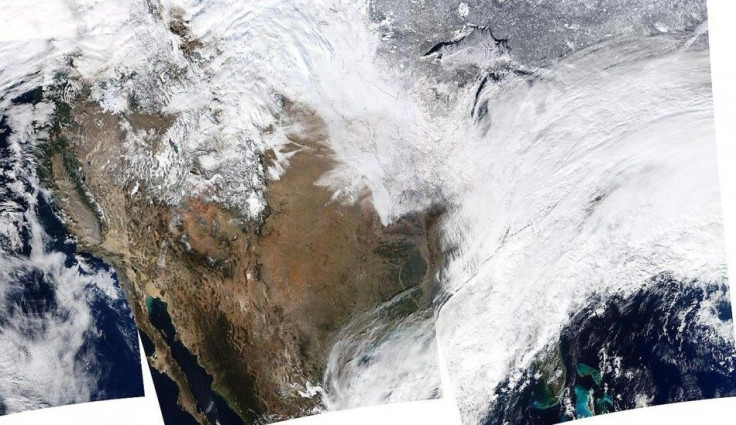Australian Astronomers to 'Zap' Dangerous Space Junk with Powerful Lasers

Australian scientists are working on a project to "zap" junk in space, using lasers from Earth to reduce the amount of garbage threatening to collide with space satellites.
According to Matthew Colless, the director of Australian National University's Research School of Astronomy and Astrophysics, said the laser project is realistic, and they will likely to be operational in the 10 years.
Scientists have said that over 300,000 of junk are currently orbiting space. Made up of bolts, screws and large rocket parts, space debris are believed to be moving in low orbit around the Earth at great speeds.
Australia is working with U.S. space agency NASA to track space junk equipped with infra-red laser located at Mount Stromlo Observatory.
Monitoring space junk
Astronomers in Australia have found a way to track space junk and prevent collisions using an FM radio, pop songs and cutting-edge technology. Australia's Curtin University will be spearheading the project and will use the newly developed Murchison Widefield Array (MWA), one of the three precursor telescopes for the Square Kilometre Array (SKA) project.
The new telescope can detect radio waves reflected from thousands of space junk orbiting the Earth. The project has already detected radio waves from FM transmitters near Geraldton and Perth. The radio waves were bouncing off the International Space Station as it passed over the country which is 500 kilometres above the surface of the Earth.
Curtin University's MWA Director and Professor Steven Tingay said the new telescope will be able to monitor space junk by watching out for radio signals generated by stations, including popular radio station among the youth, Triple J.
Mr Tingay said the team has detected 10 pieces of space trash. He believes Australia can keep track of a significant portion of space junk orbiting the earth.
The movement of space debris is unpredictable and can pose a threat of collision, according to Mr Tingay. The risk of damage from a collision of space junk is great, considering the presence of expensive communication satellites and other space infrastructure.
A device that can detect the risk of space junk colliding can help protect infrastructure and equipment, costing billions of dollars. Mr Tingay said it will also prevent the presence of more space debris from scattering in Earth's orbit like what happened in 2009 with the Iridium 33 satellite.




















